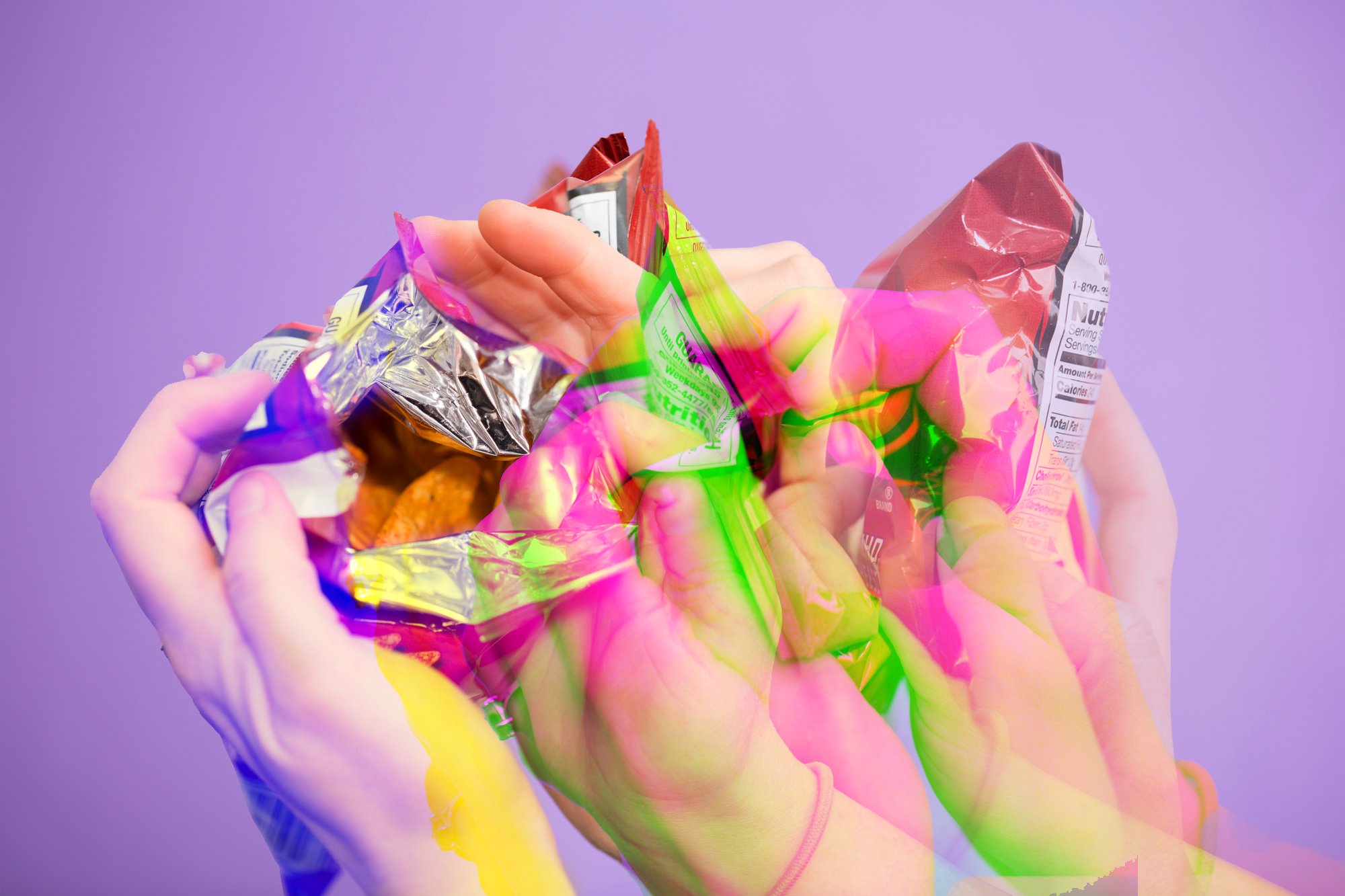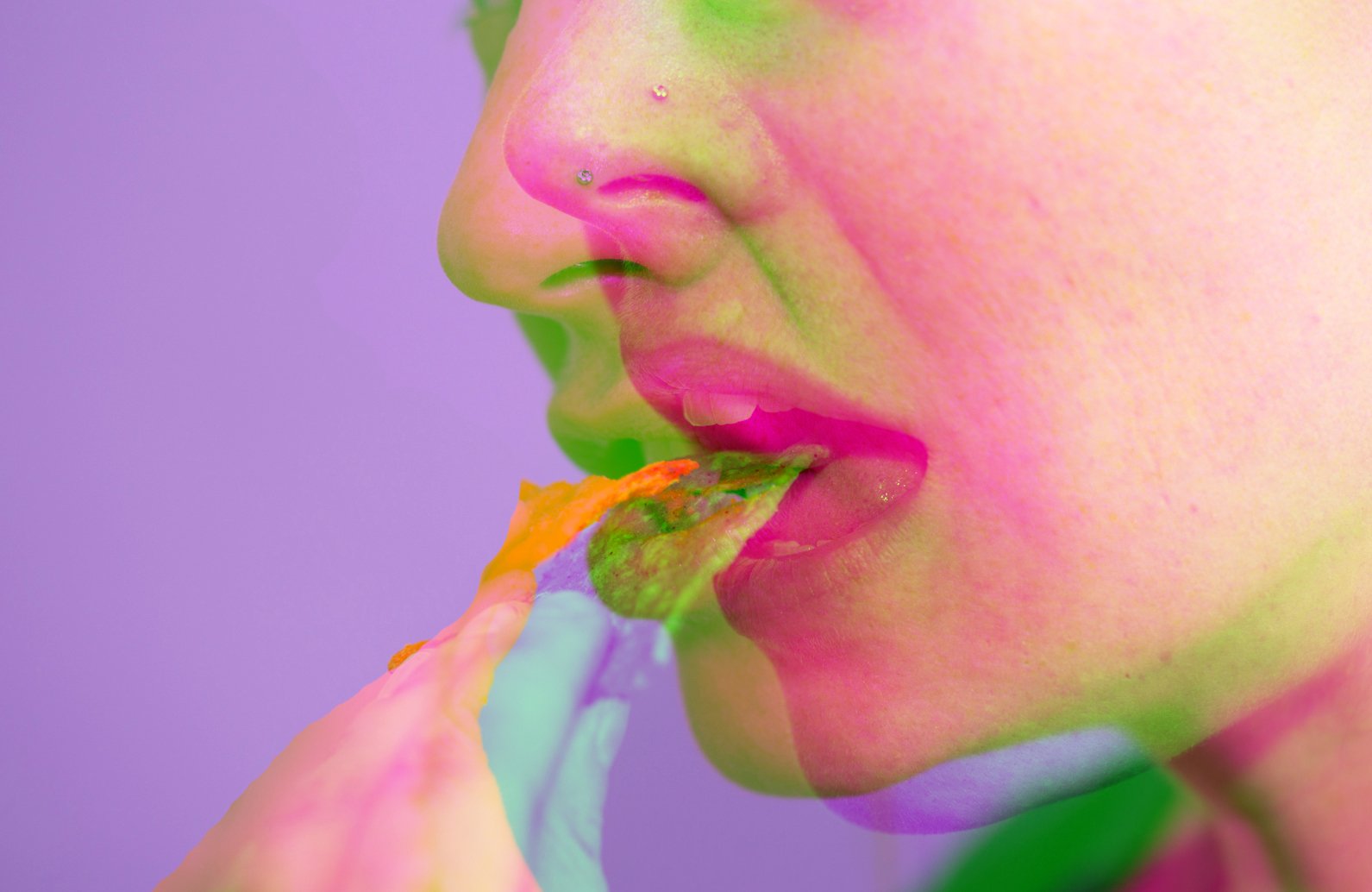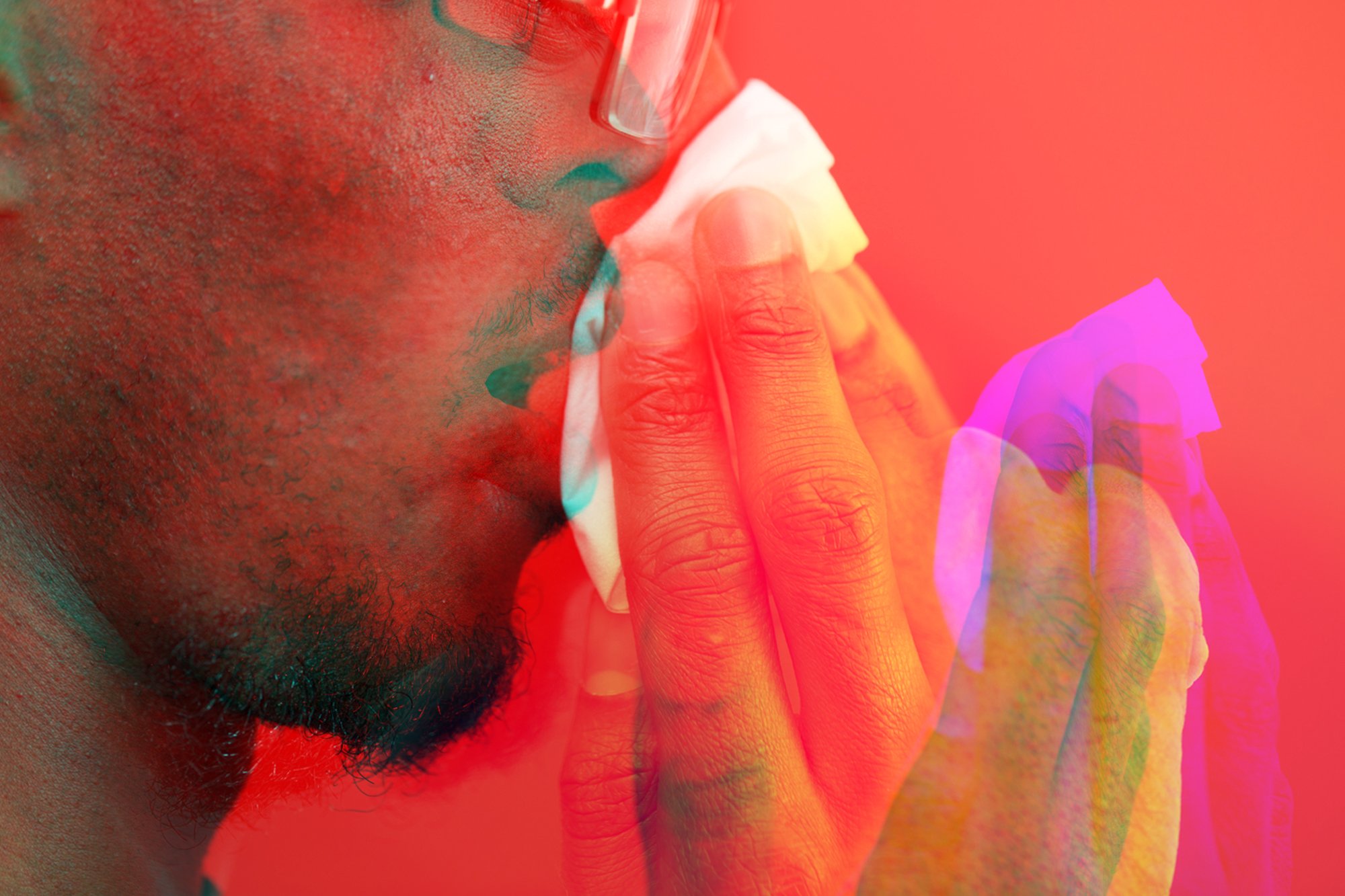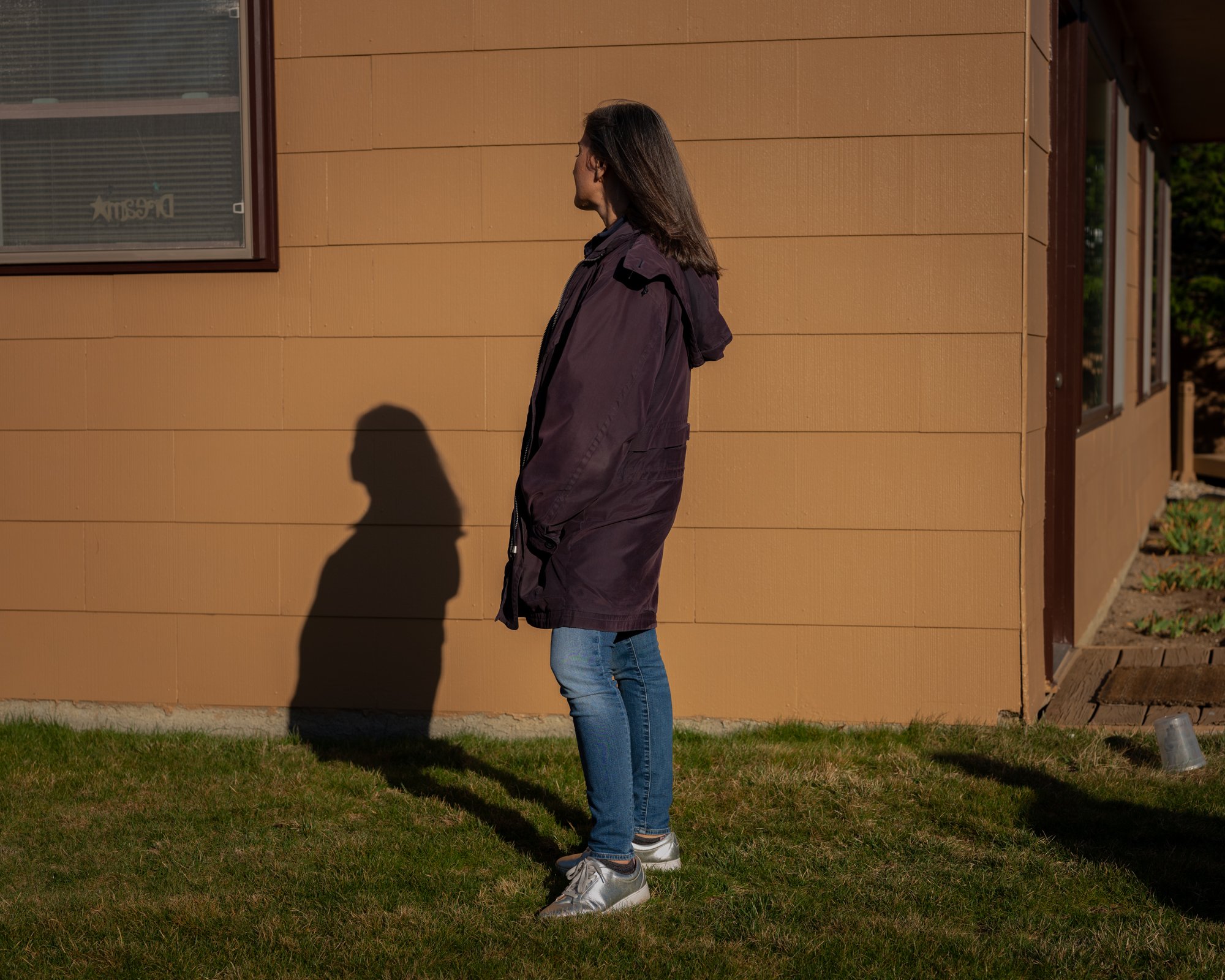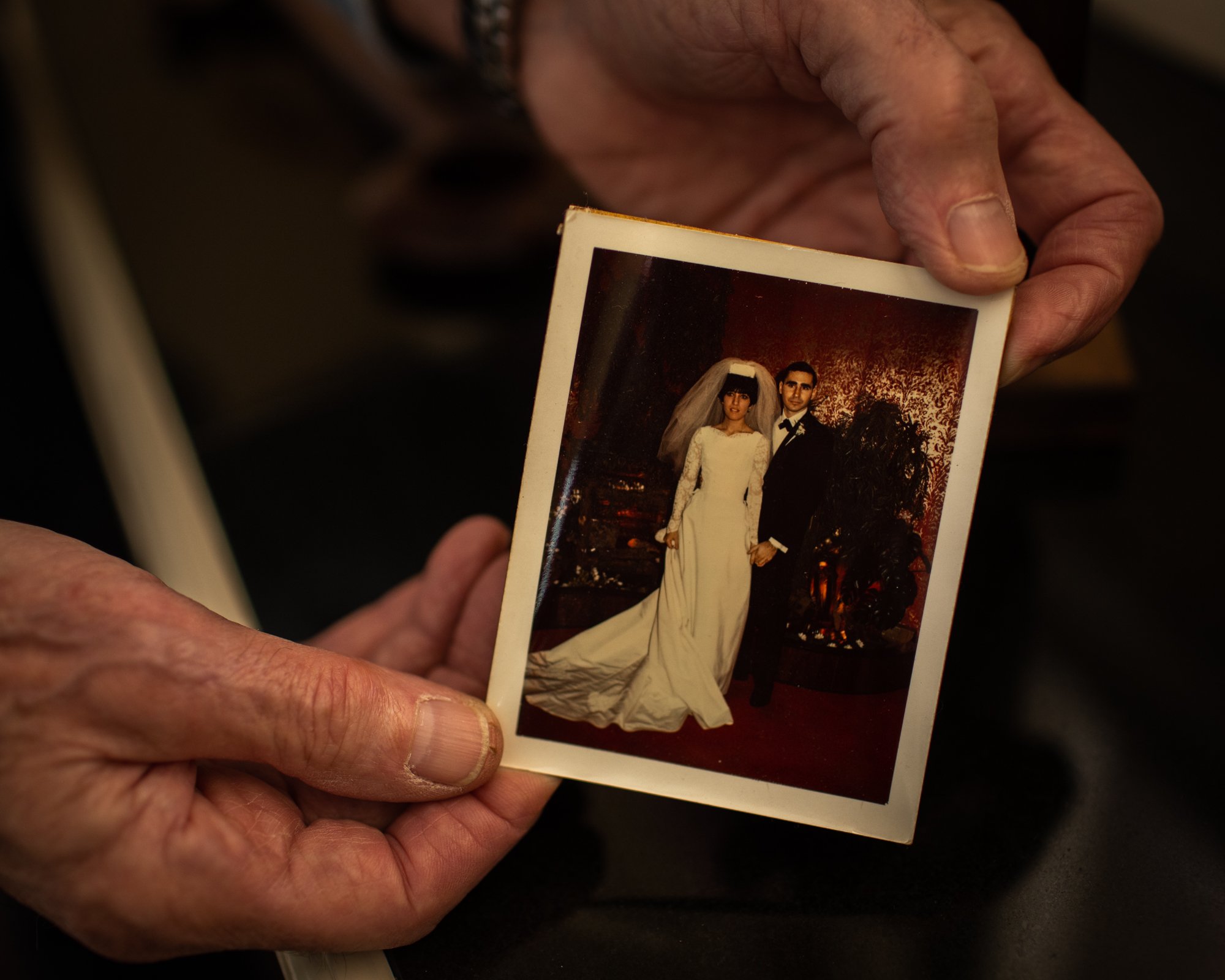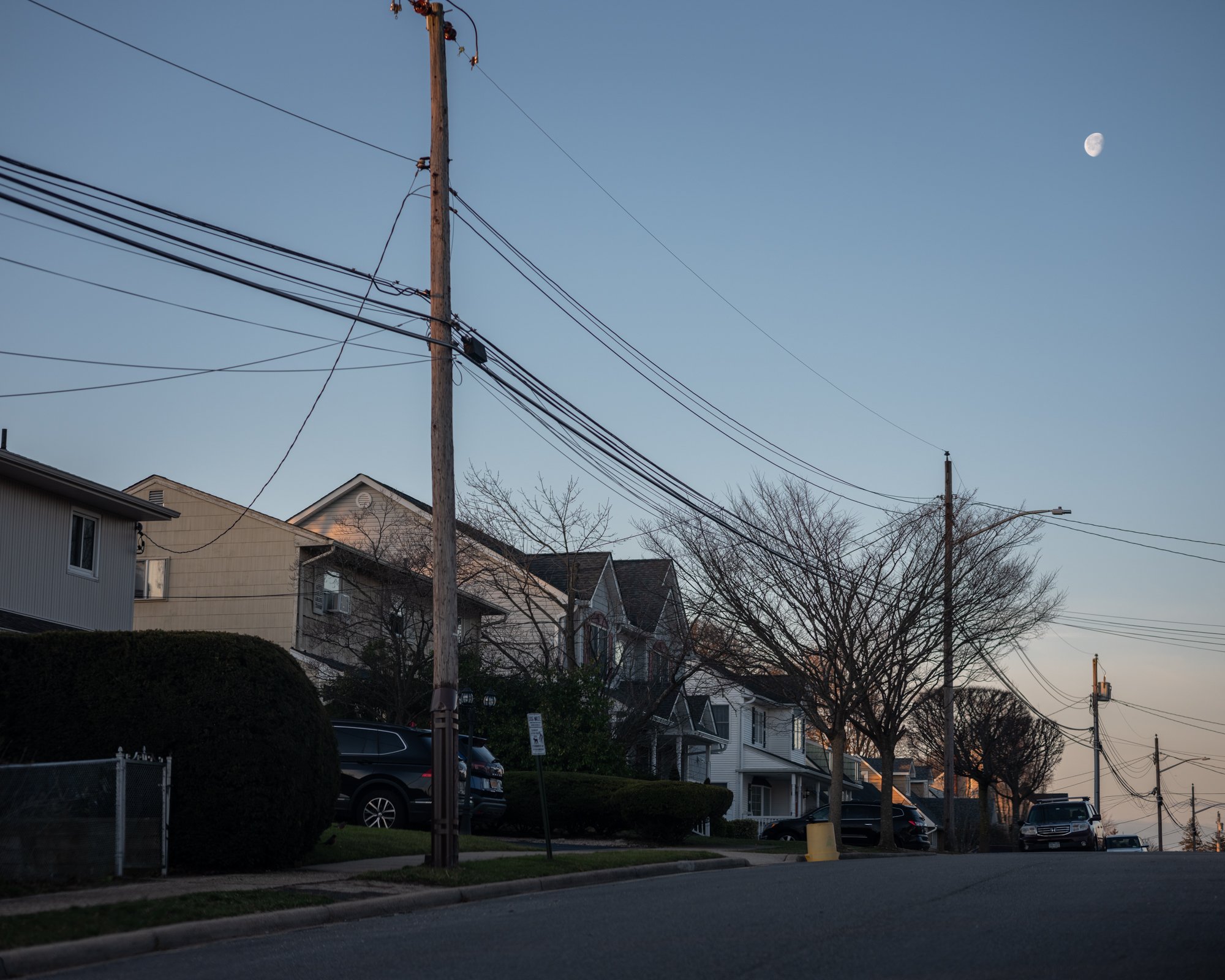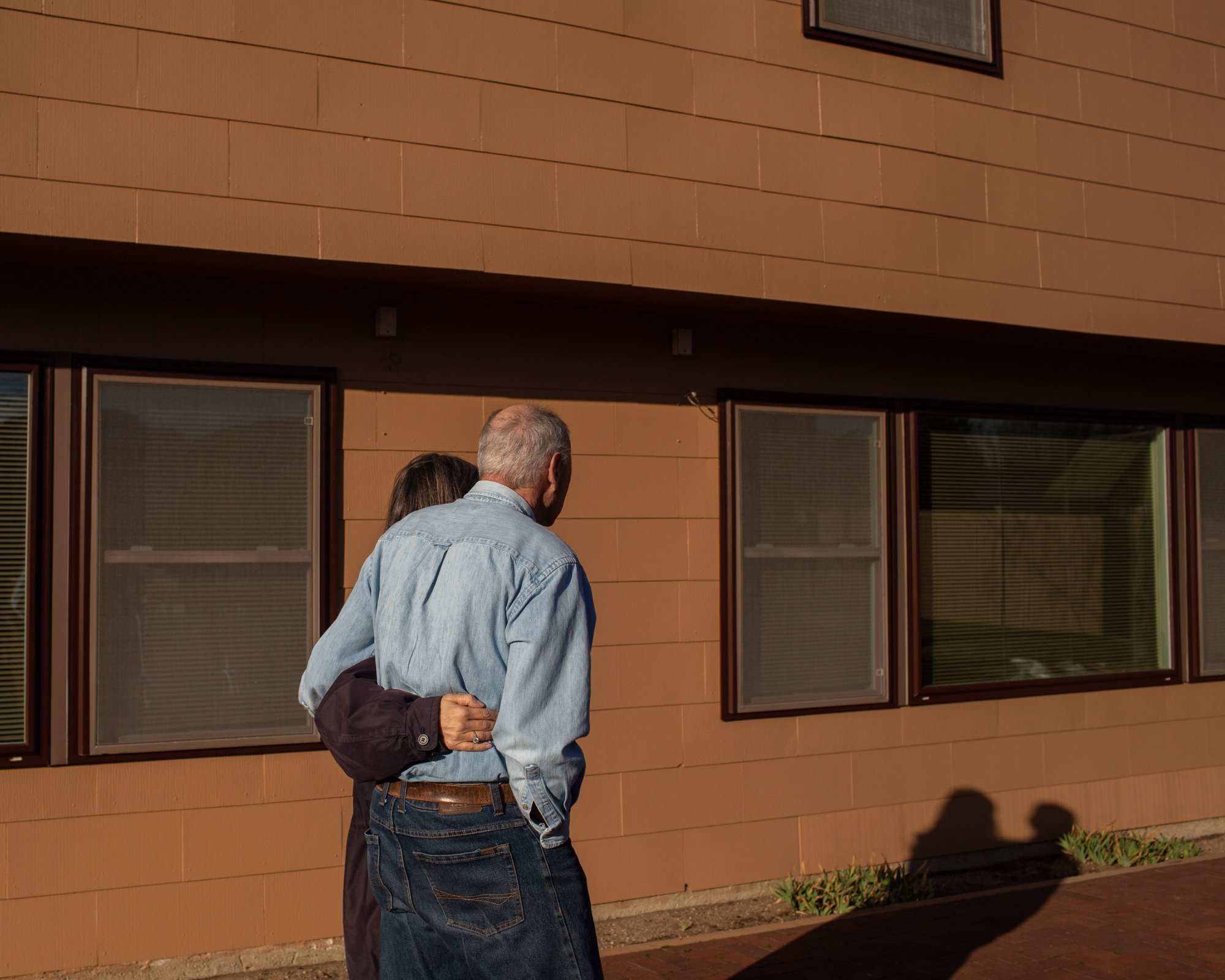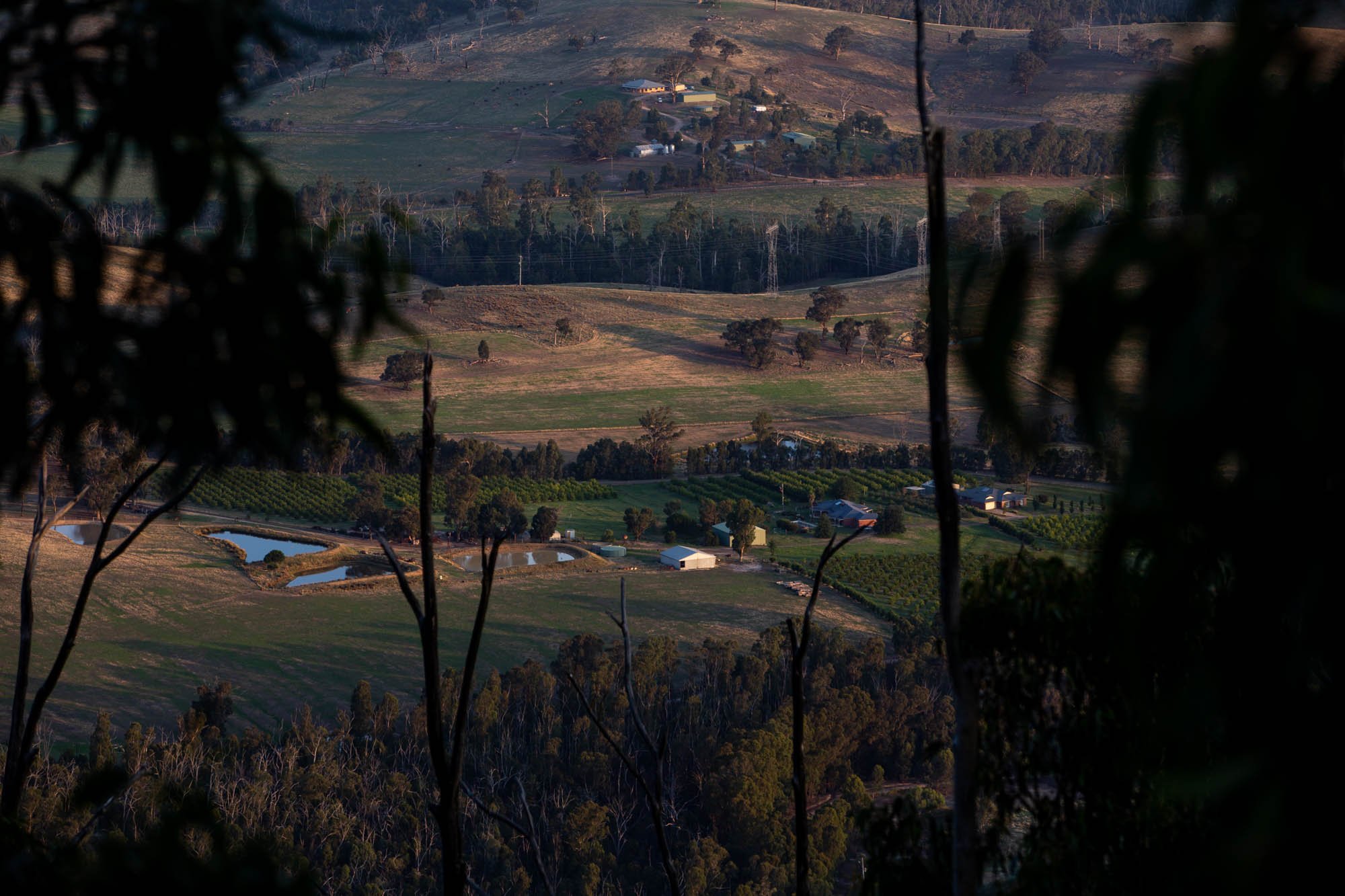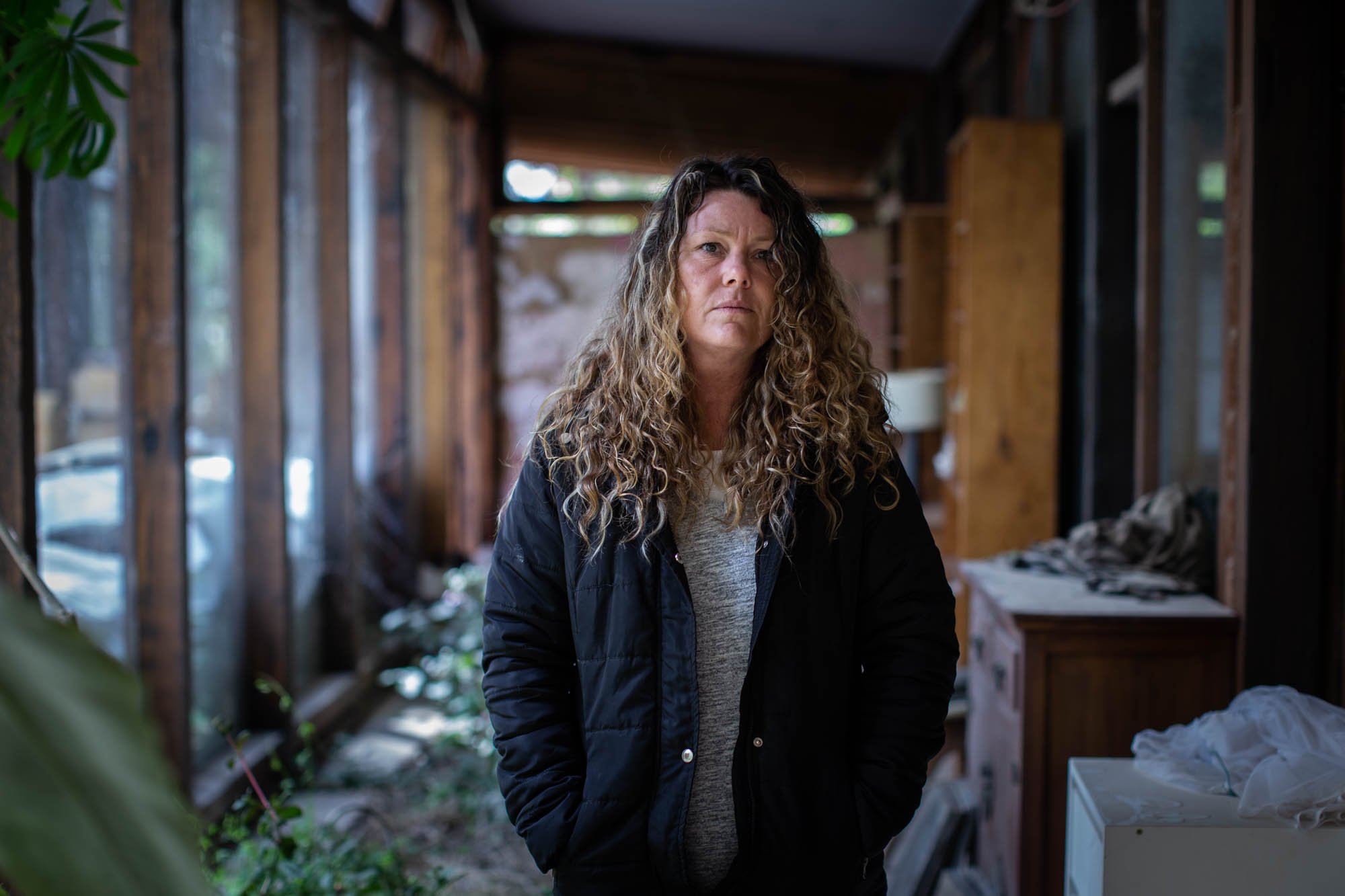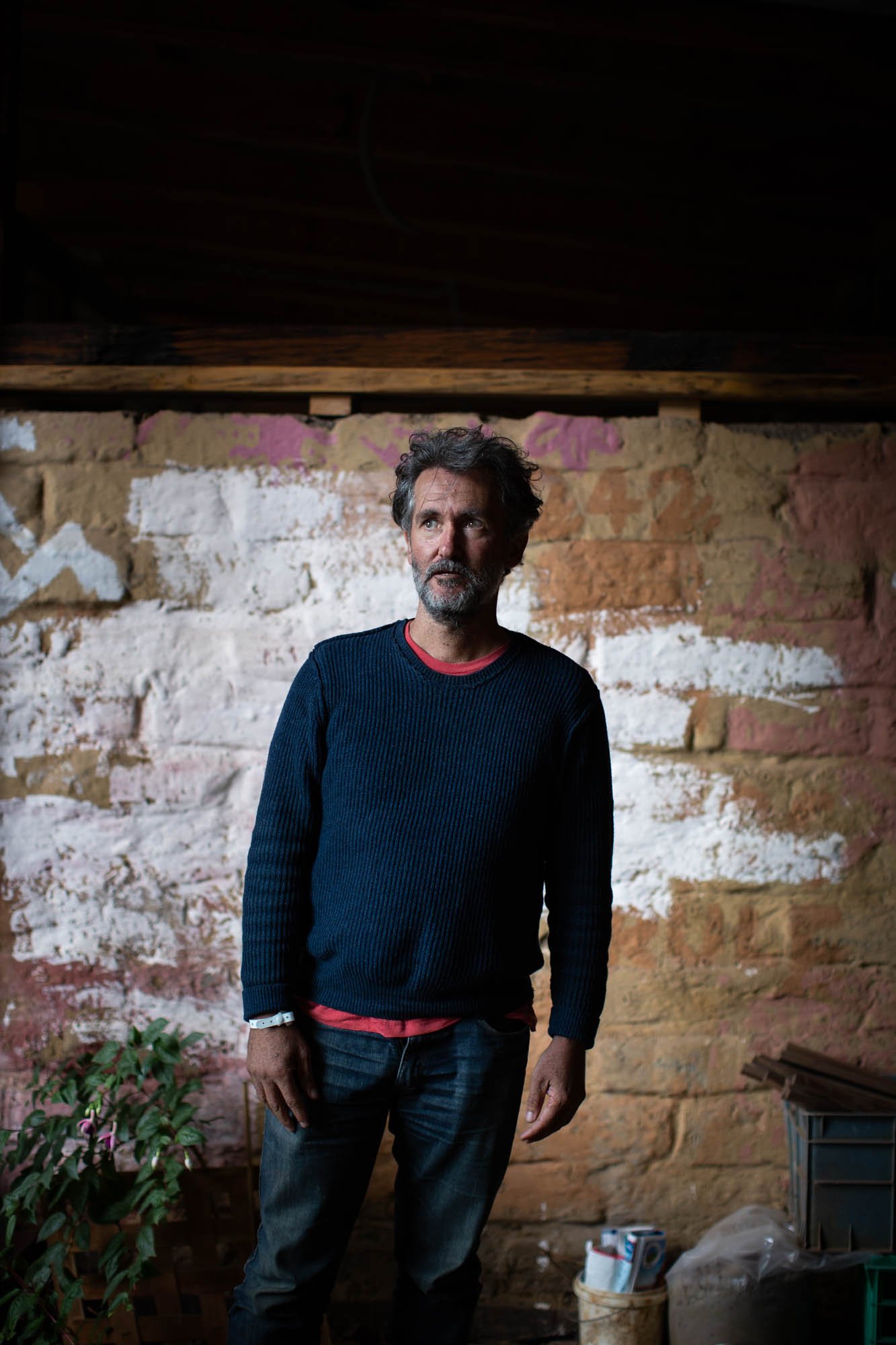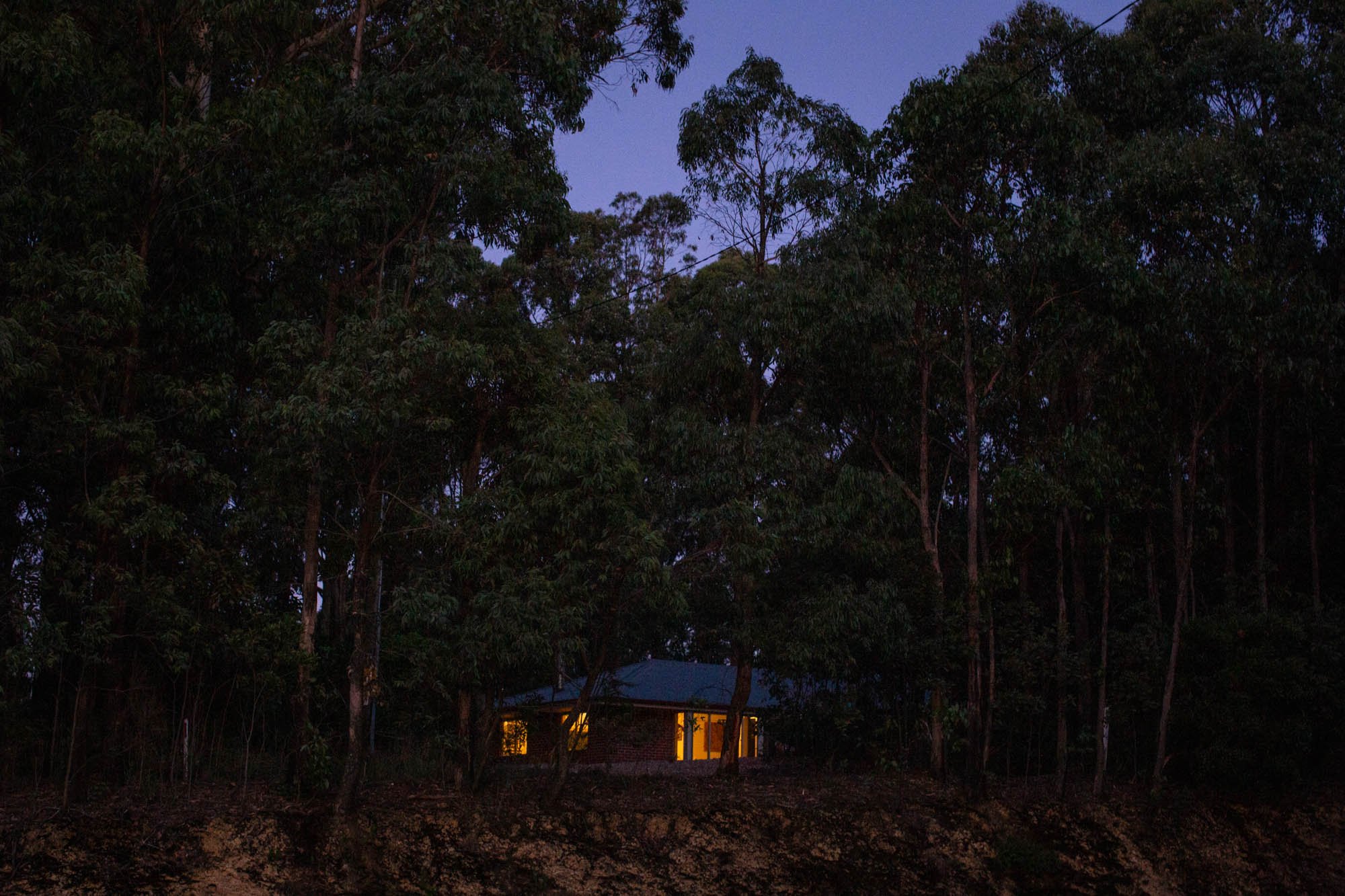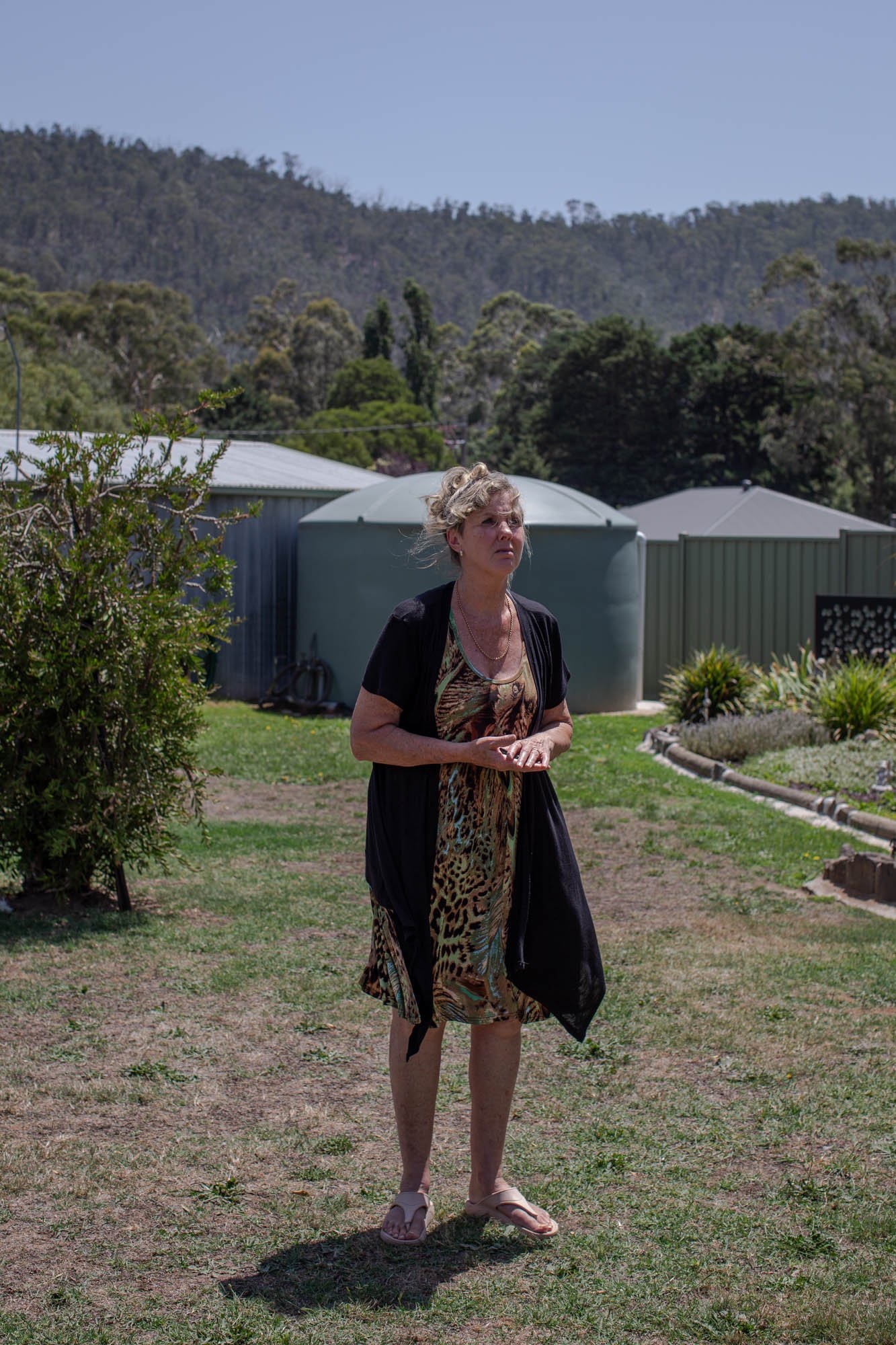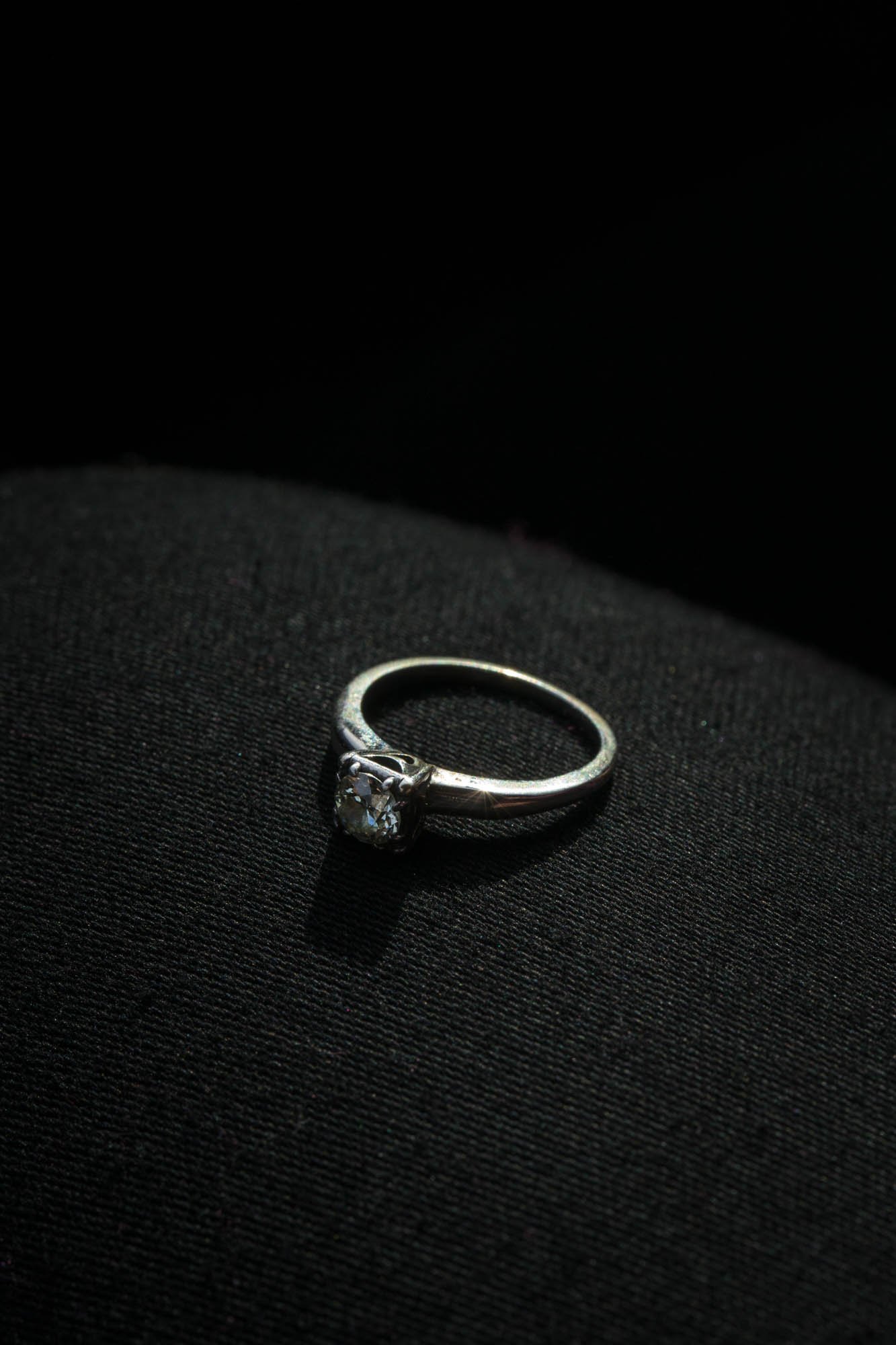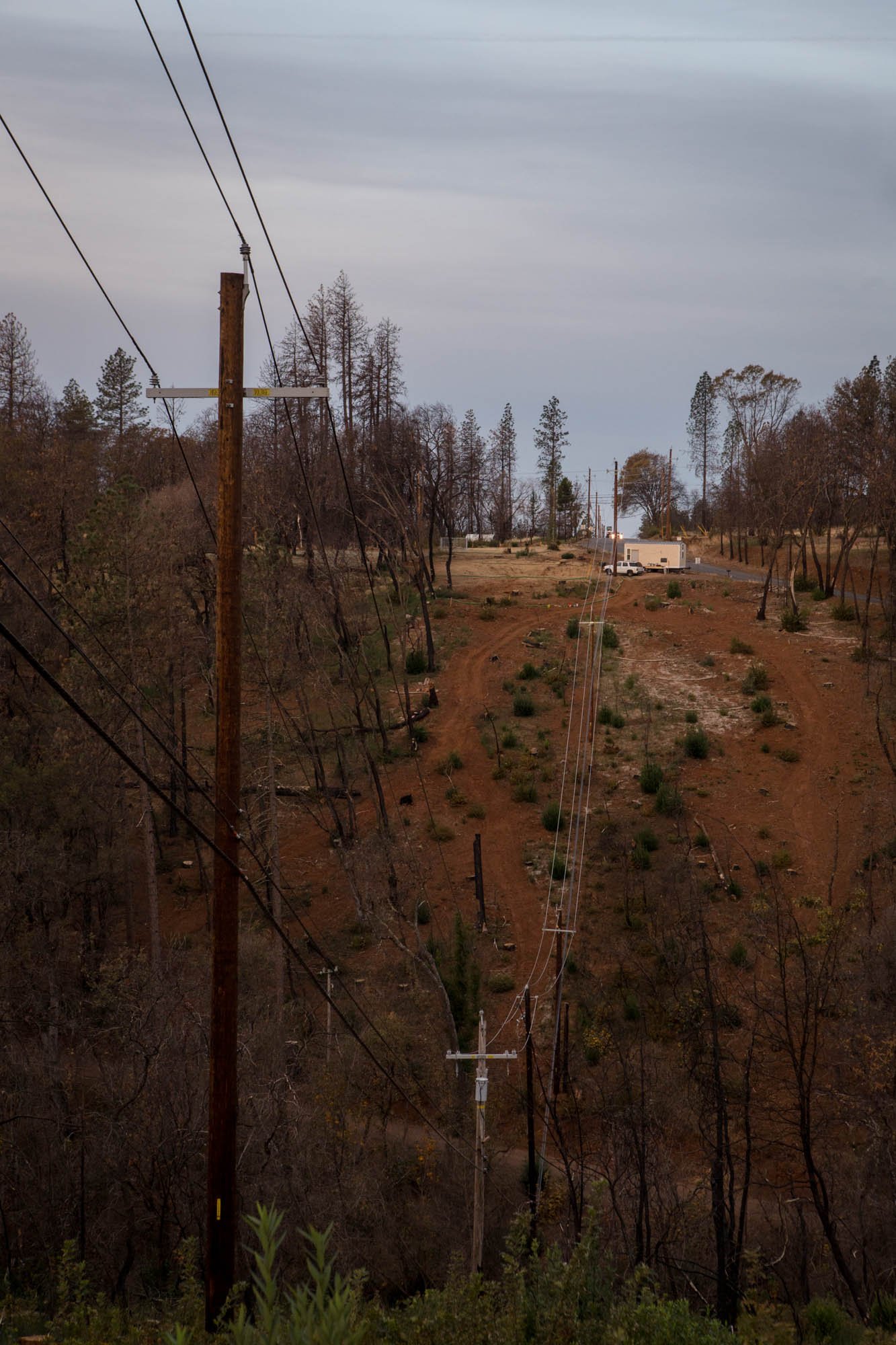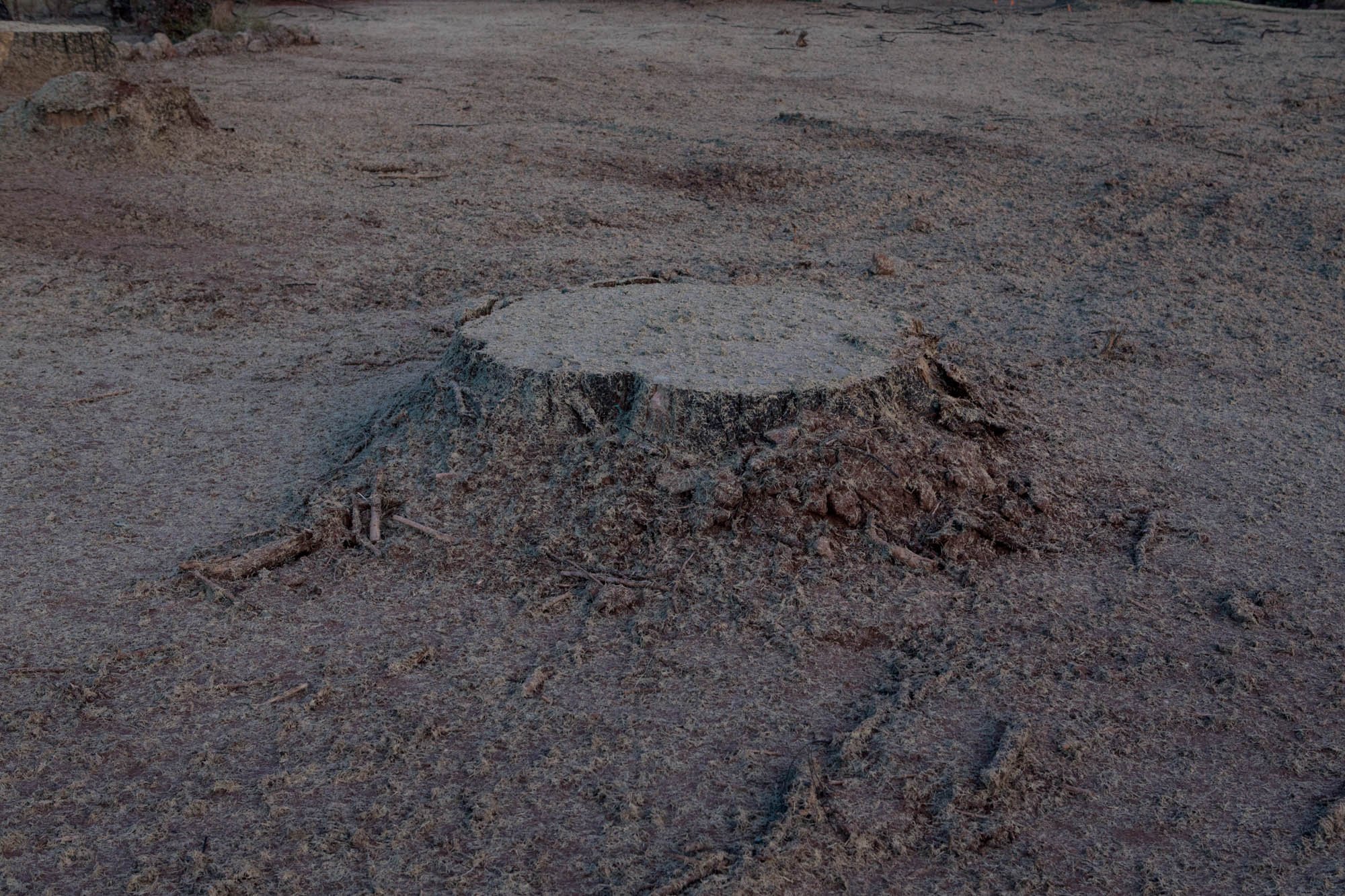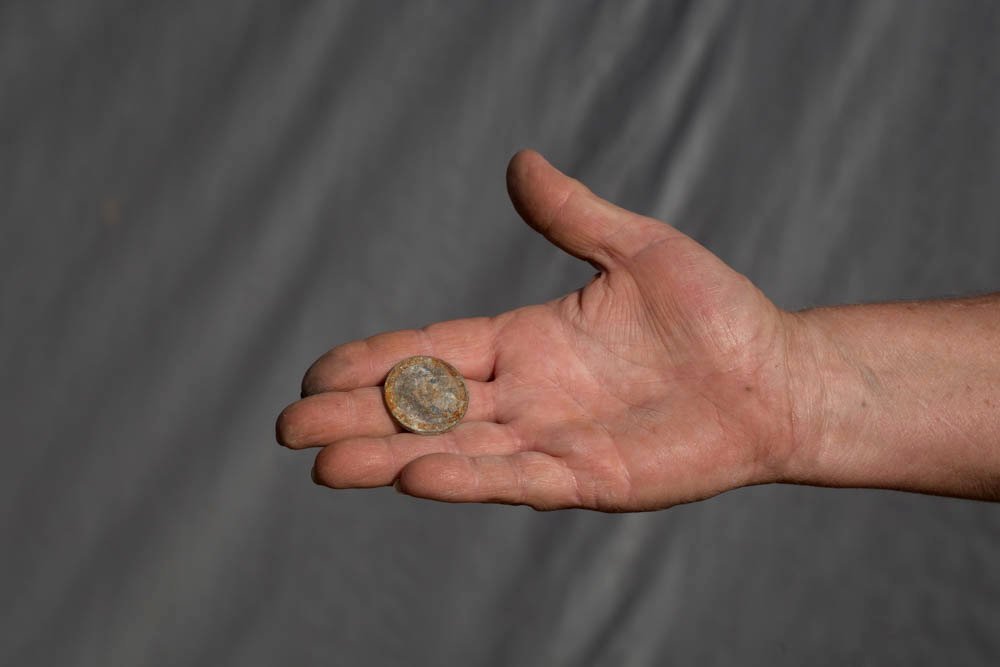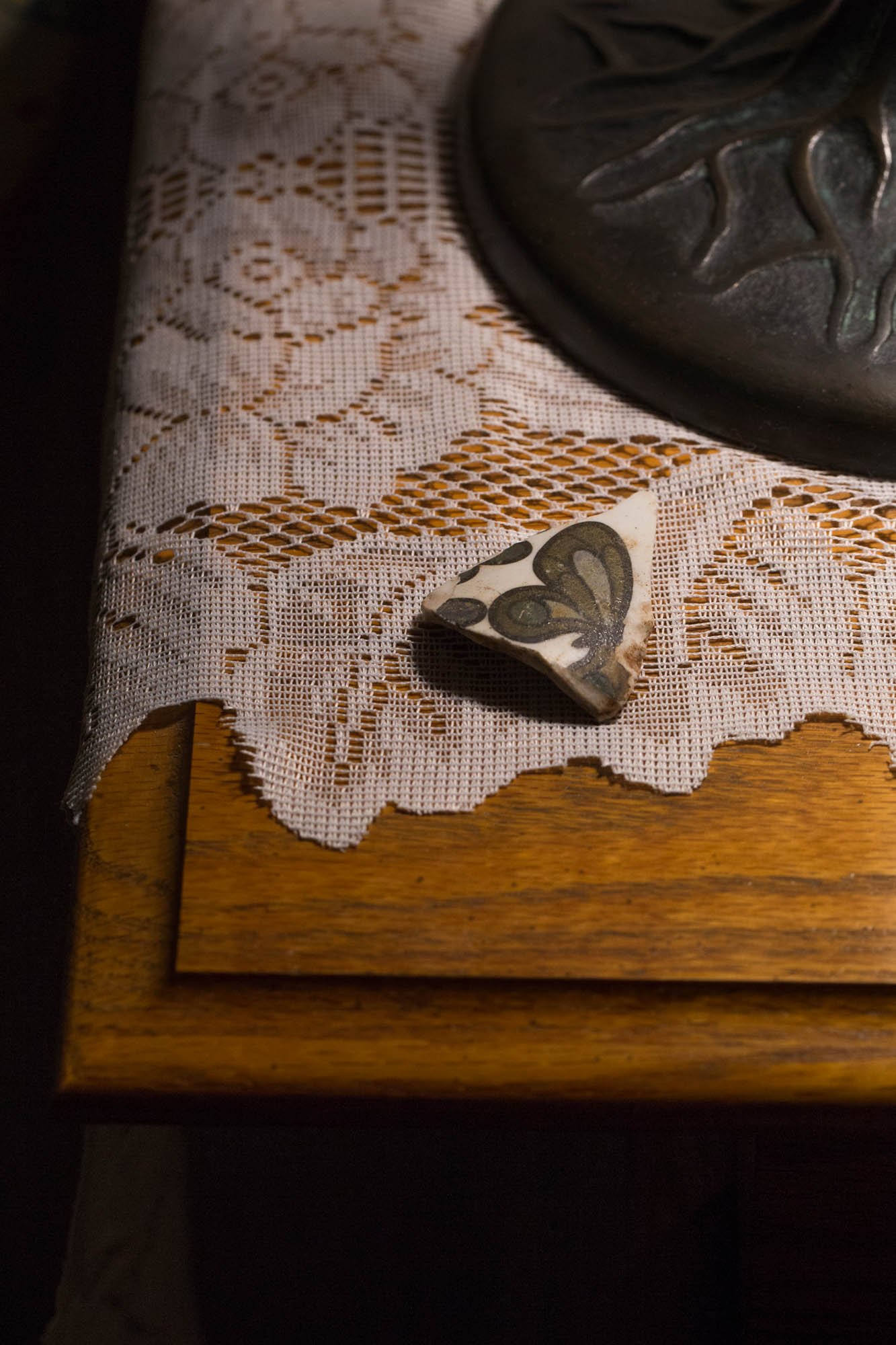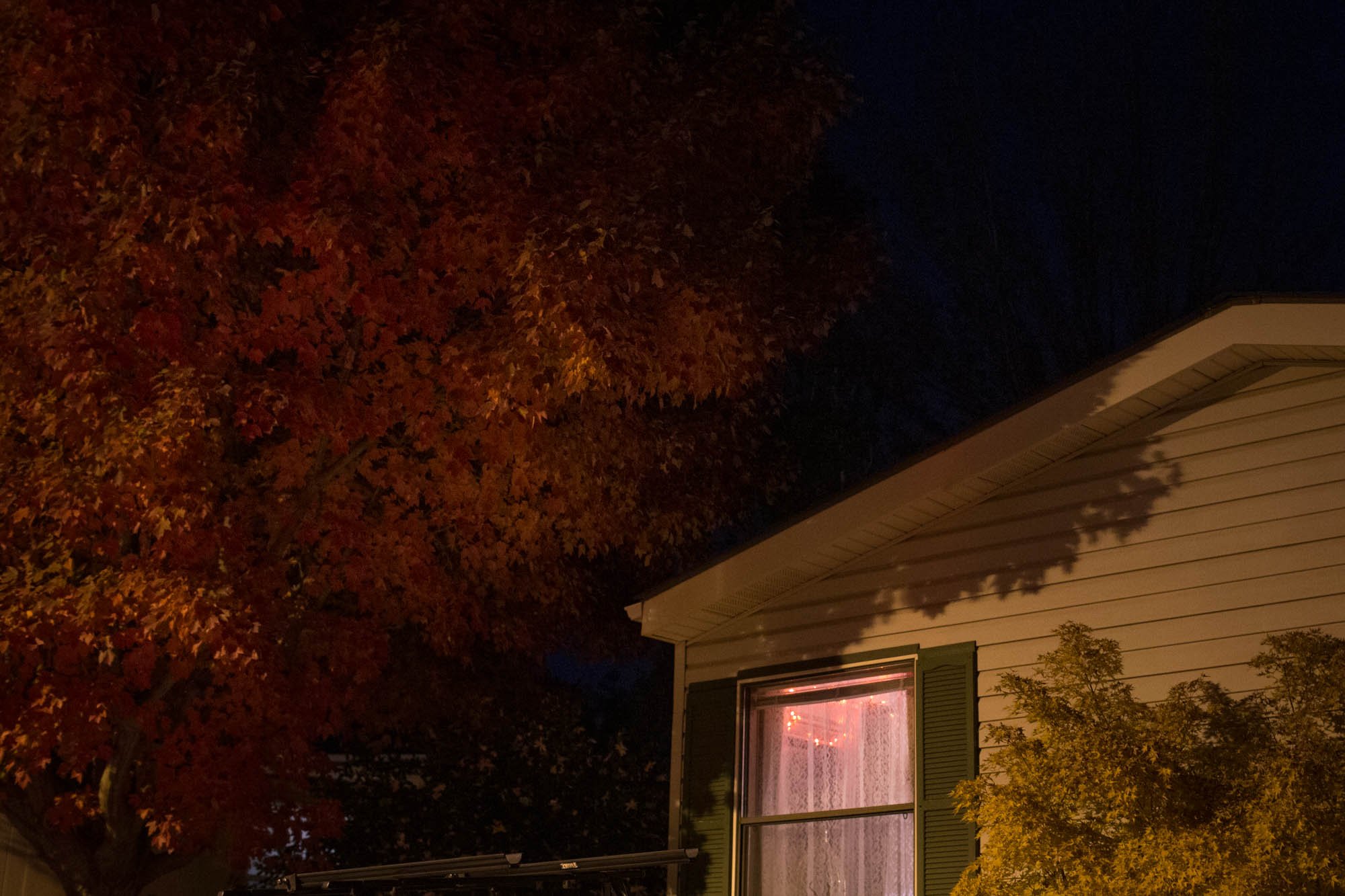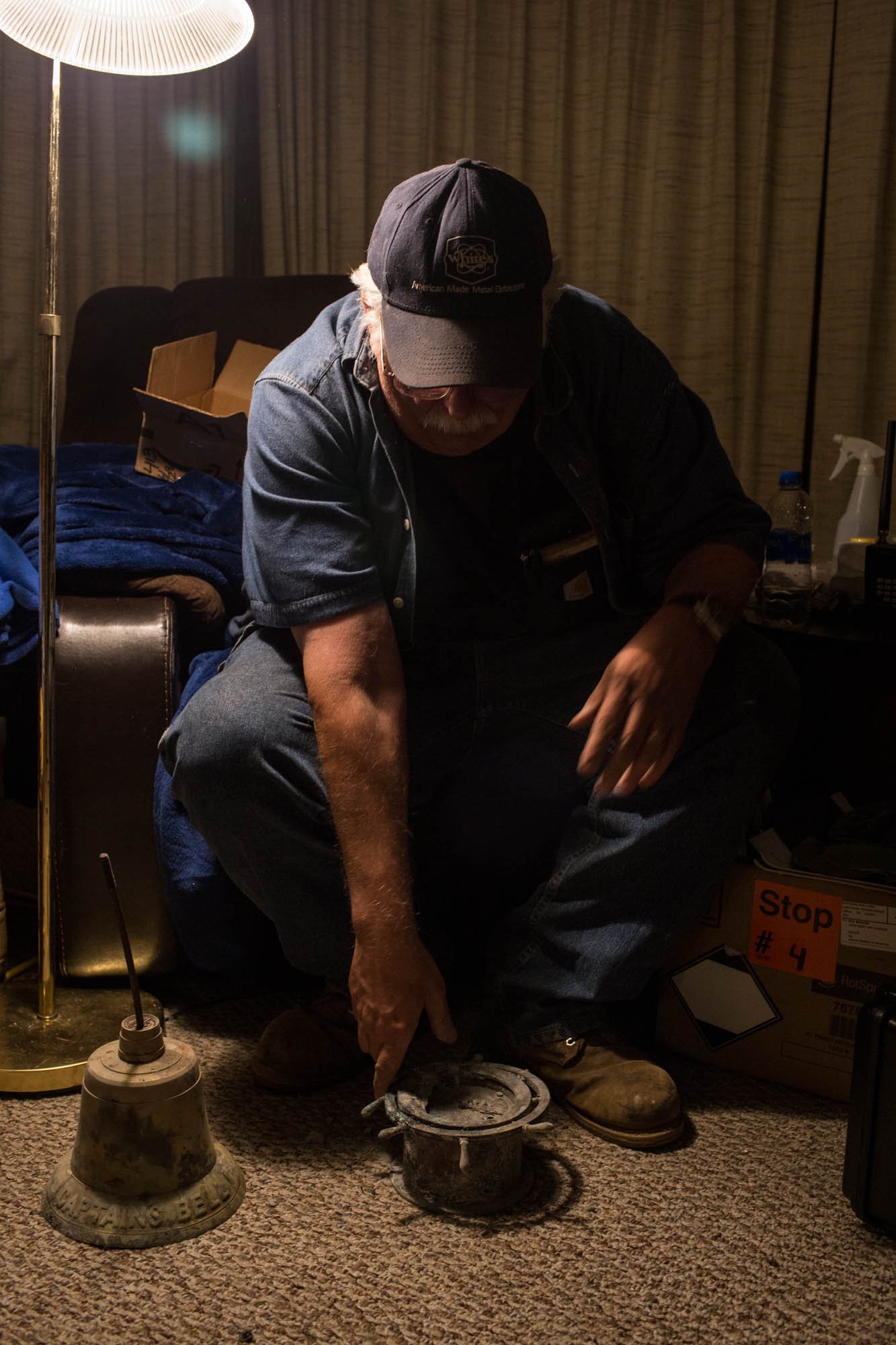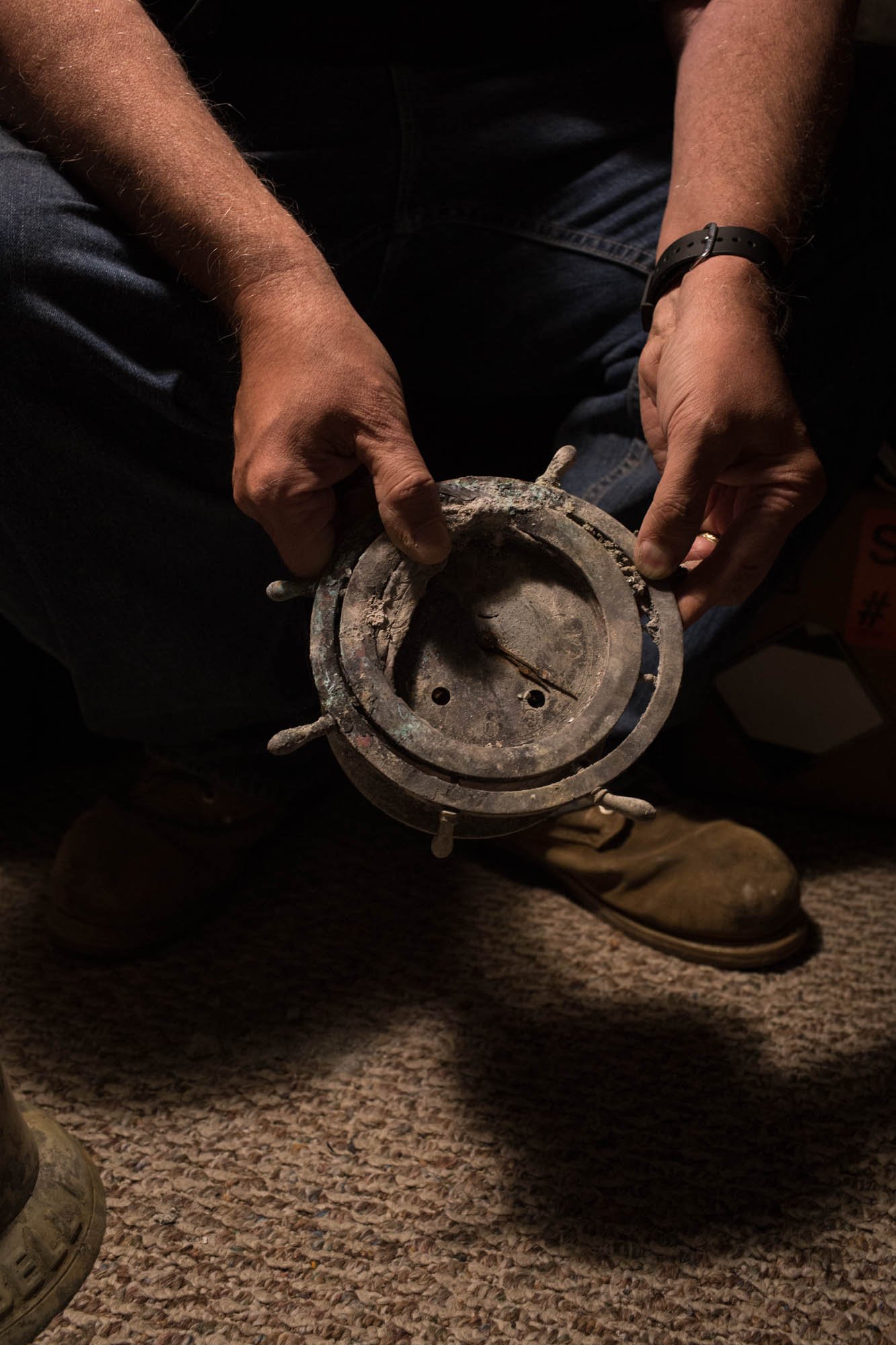Photography
How COVID’s deadly conspiracy theories cost one woman her life
Laurie’s mother Stephanie, 75, died of COVID a few days after Christmas in 2021.
"I don't believe she was supposed to die," Laurie says. "I blame the misinformation."
Stephanie had gotten wrapped up in a world of conspiracy theories online about the pandemic and vaccines. When she and her husband fell ill with COVID in the fall of 2021, Stephanie turned to black market ivermectin and hydroxychloroquine, costing her valuable time. She eventually agreed to go to the hospital, where she refused proven treatments for COVID and deteriorated. Her husband Arnold accepted treatment and survived.
This was a heartbreaking story of how one family lost the fight against misinformation online.
Journalist Geoff Brumfiel and I met with the Laurie and Arnold in March. Geoff had already spent time sifting through Stephanie’s phone in hopes of better understanding the kind of conspiracy-laden content she was reading and the ivermectin and hydroxychloroquine black market she eventually sought out. Due to the sensitive nature of the story and in order to give the family time to grieve, we agreed to use first names only. I photographed Arnold and Laurie in a way that kept their identity partially obscured but still communicated the immense loss and sharp reality that had taken shape in the shadow of covid and conspiracy theories.
Read the full story here.
The Fire, The Virus, The Violence: Australia and the Lessons of Natural Disasters
In 2009, Australia's deadliest bushfires on record destroyed Kinglake, a town just over an hour's drive northeast of Melbourne. While the community struggled to make sense of the loss, people in the town started hearing and seeing disturbing behavior in the community. Reports of domestic violence became common. One resident said that in the weeks following the devastating fire, virtually everyone in the town knew someone who was affected by violence.
In one report, the percentage of women in badly burned areas who said they experienced physical violence was seven times that of women in areas that had been only moderately or minimally affected by the fires.
Experiencing a loss of employment or having a financial hardship or having post-traumatic stress disorder can all increase the likelihood someone will be violent toward a family member, studies show. For those that survive a disaster like a fire, these issues can happen all at once.
I traveled with NPR reporter Rebecca Hersher to Australia to report on lessons from Australia’s wildfires — from the ways in which scientists are learning to predict landslides following a fire to the disturbing uptick in family violence that happened to one town. But it was this last one that was the most difficult story to tell. We spoke to many people who lived in Kinglake, those who moved away, or were part of the recovery effort. We dug into research that included emotional interviews with nearly 50 women and 40 men who survived the Kinglake fires. I used all of this context to inform a series of abstract images from Kinglake along with portraits of some of those who were close to what had happened in the community.
Read the full story here.
The Things That Survived The Fire
In the summer of 2019, I was in Paradise, Calif., with NPR reporter Kirk Siegler reporting on the aftermath of the deadly Paradise fire. It was more than six months since it had happened, and crews were working non-stop to clear debris in an effort expected to take years. We came across a couple who were searching the burnt footprint of their home. It was emotional to witness people slowly stepping through the debris, heads bent. Searching. Later, I couldn’t stop thinking about the importance of all the artifacts in our lives despite the common utterance among those who have escaped a disaster — “it’s all just things.”
I returned later that year to talk to survivors who had reclaimed things that had survived the fire — a ceramic chip from a relative’s teacup; the morning’s newspaper, untouched from the blaze; a mass of melted metal coins. Artifacts of a life before the event or forever altered. I spoke with Stacey Menzel Baker, who studies object attachment, to explain why we have relationships with things, and how objects can help us process immense trauma and grief.
Read the full story here.
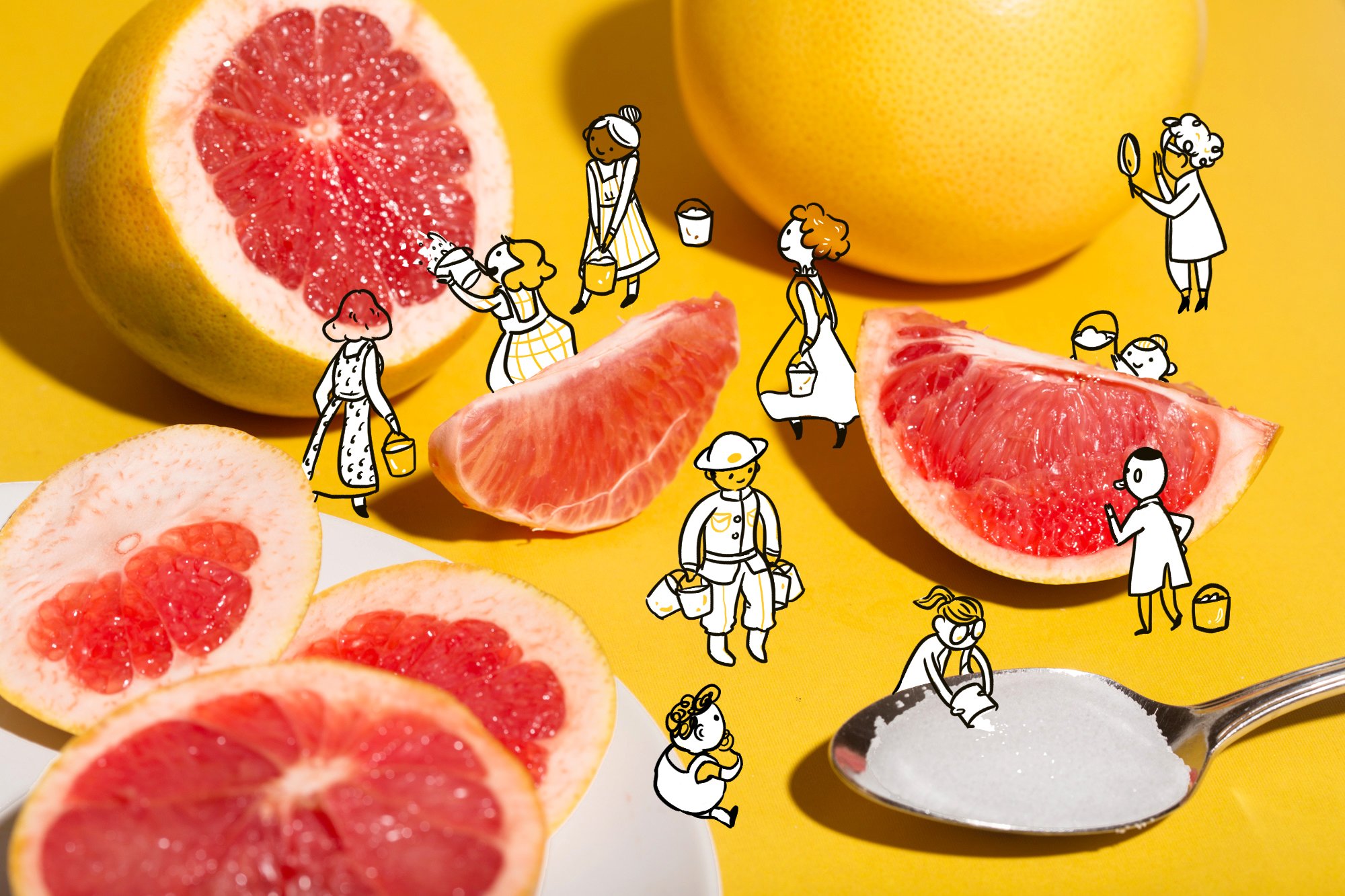
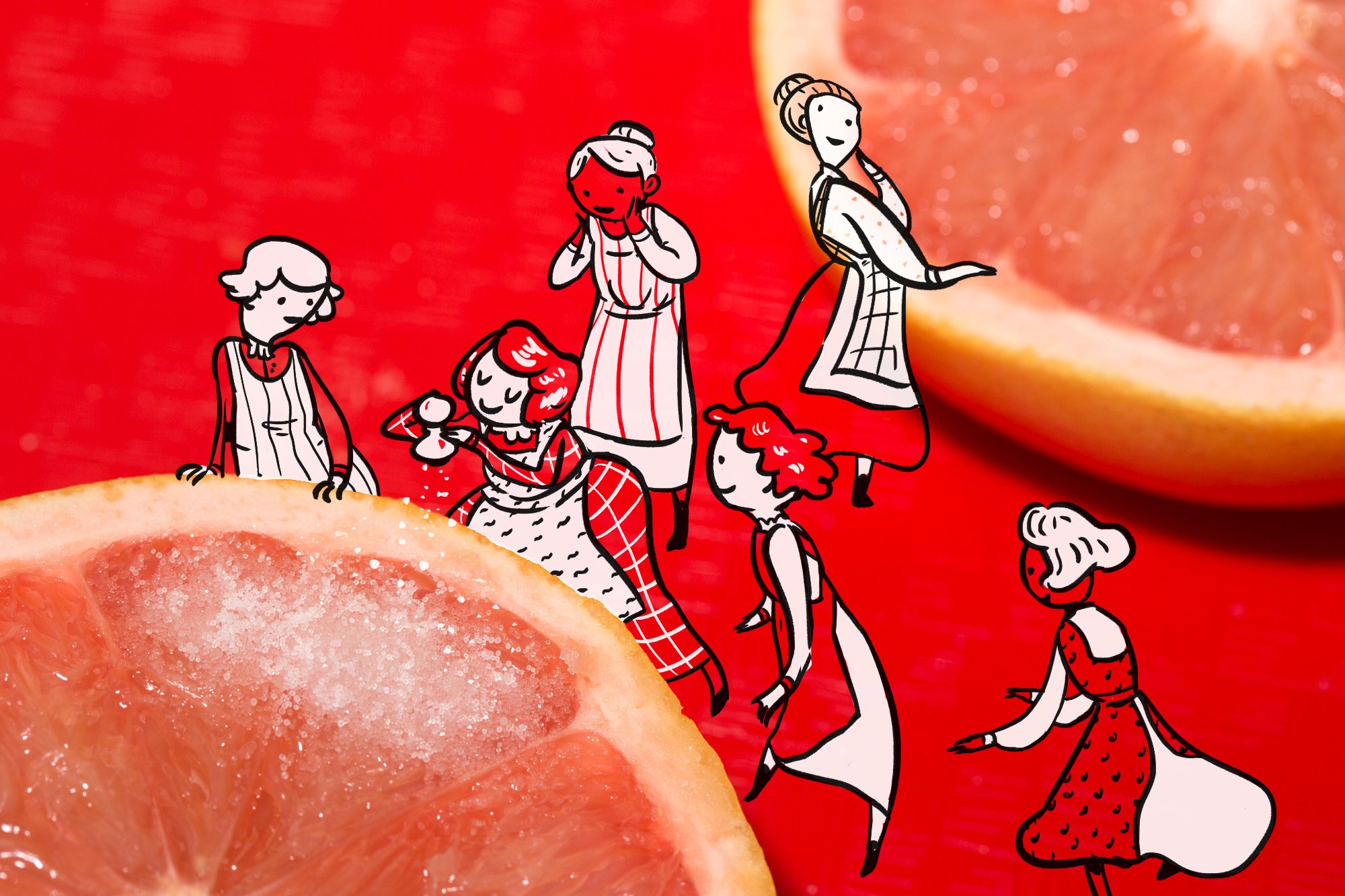
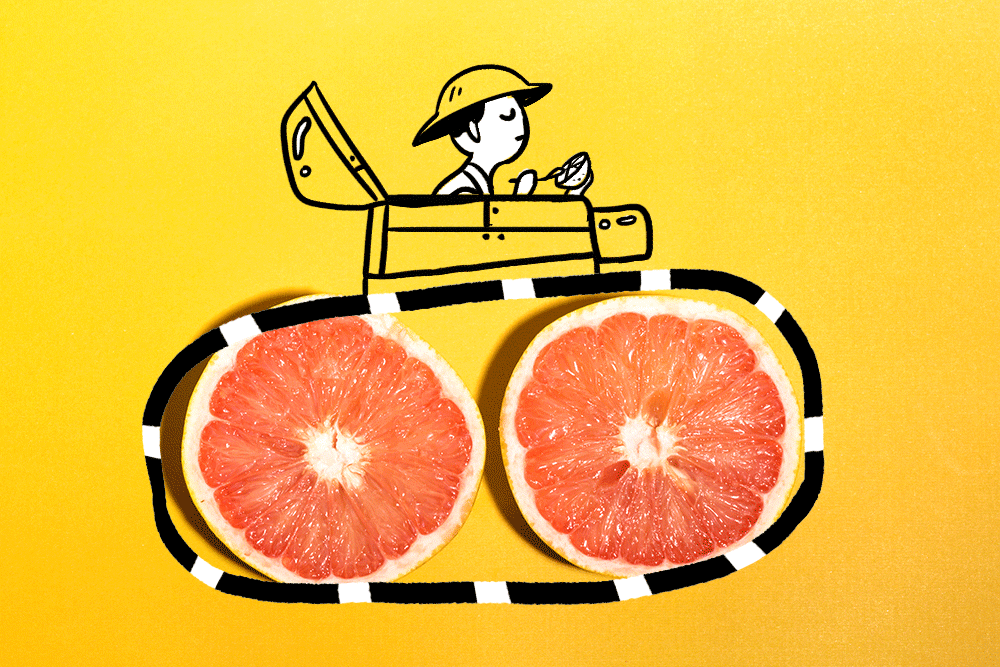
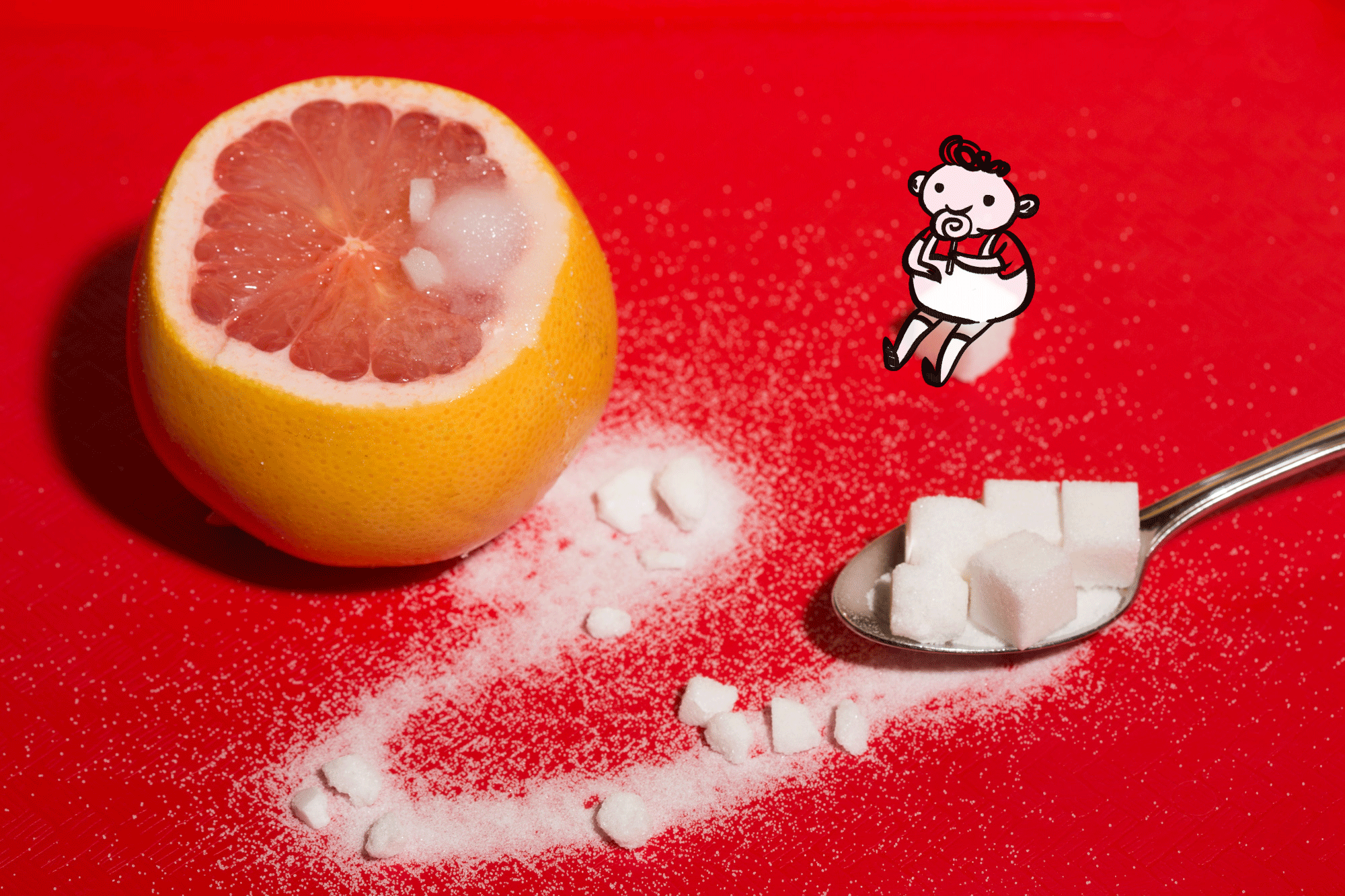
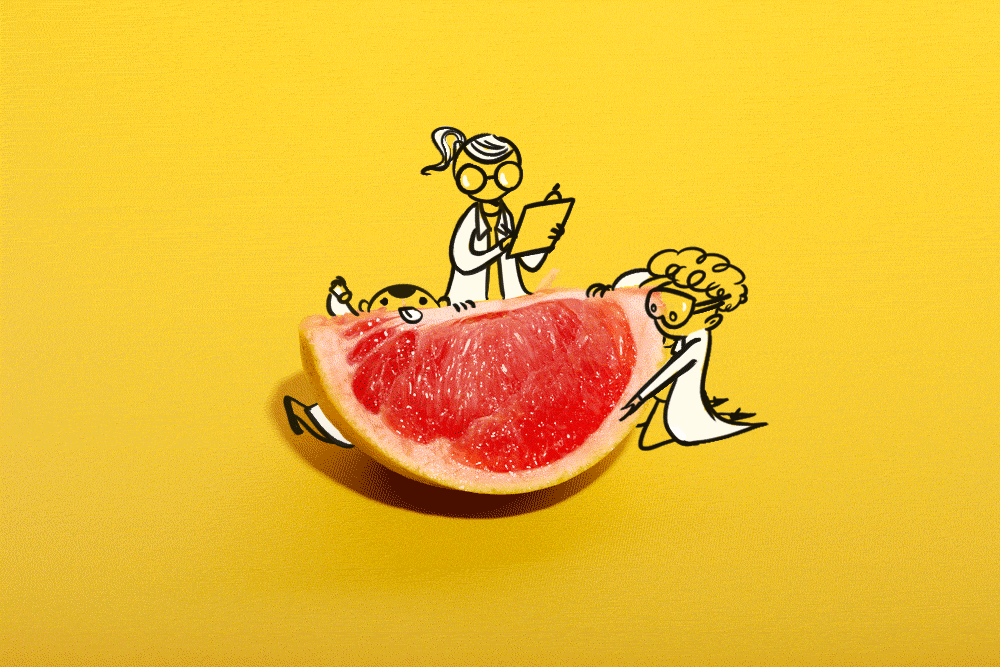
A Quick History of Grapefruit and Salt
Why do Americans eat grapefruit with salt? Turns out, the history goes back to World War I but there’s also chemistry at play.
I had the pleasure of working with comic artist and illustrator Joy Ho to create the imagery for this feature. We conceptualized each illustration to work with a key point in the fruit’s history and then sketched the layout for each one. I photographed in the studio and Joy later drew over each photograph. The color palette was designed to be visually tart.
If you want to see more behind the scenes on how we went about it, check out this NPR Illustration Tumblr post we wrote about the process.
Rural isolation in America
NPR reporter Rhitu Chatterjee and I travelled to Minnesota to see how one small town is tackling social isolation and loneliness by partnering the young and the old in mutually beneficial ways.
The story, which included original visual reporting and data from a nationwide poll conducted by the Harvard T.H. Chan School of Public Health and the Robert Wood Johnson Foundation, ran on NPR.org, radio and Instagram as part of a series on rural life in America.
See the full story here.
Ultra-processed Foods Are Everywhere. Here’s How to Cut Back
Foods that have been extracted, processed and reassembled now make up nearly 60% of our diets in the U.S. For kids, that number climbs even higher to nearly 70%. And while ultra-processing makes foods shelf stable, delicious and convenient, there are health concerns linked to diets high in UPFs. However, they shouldn’t all be vilified.
The emphasis on kids’ diets in the reporting became the conceptual backbone of these images, inspired by a 1990’s yearbook aesthetic and memories of my own Lisa Frank Trapper Keeper.
NPR published two features: one on health risks of UPFs and one on how to swap your kids’ foods with healthier options.
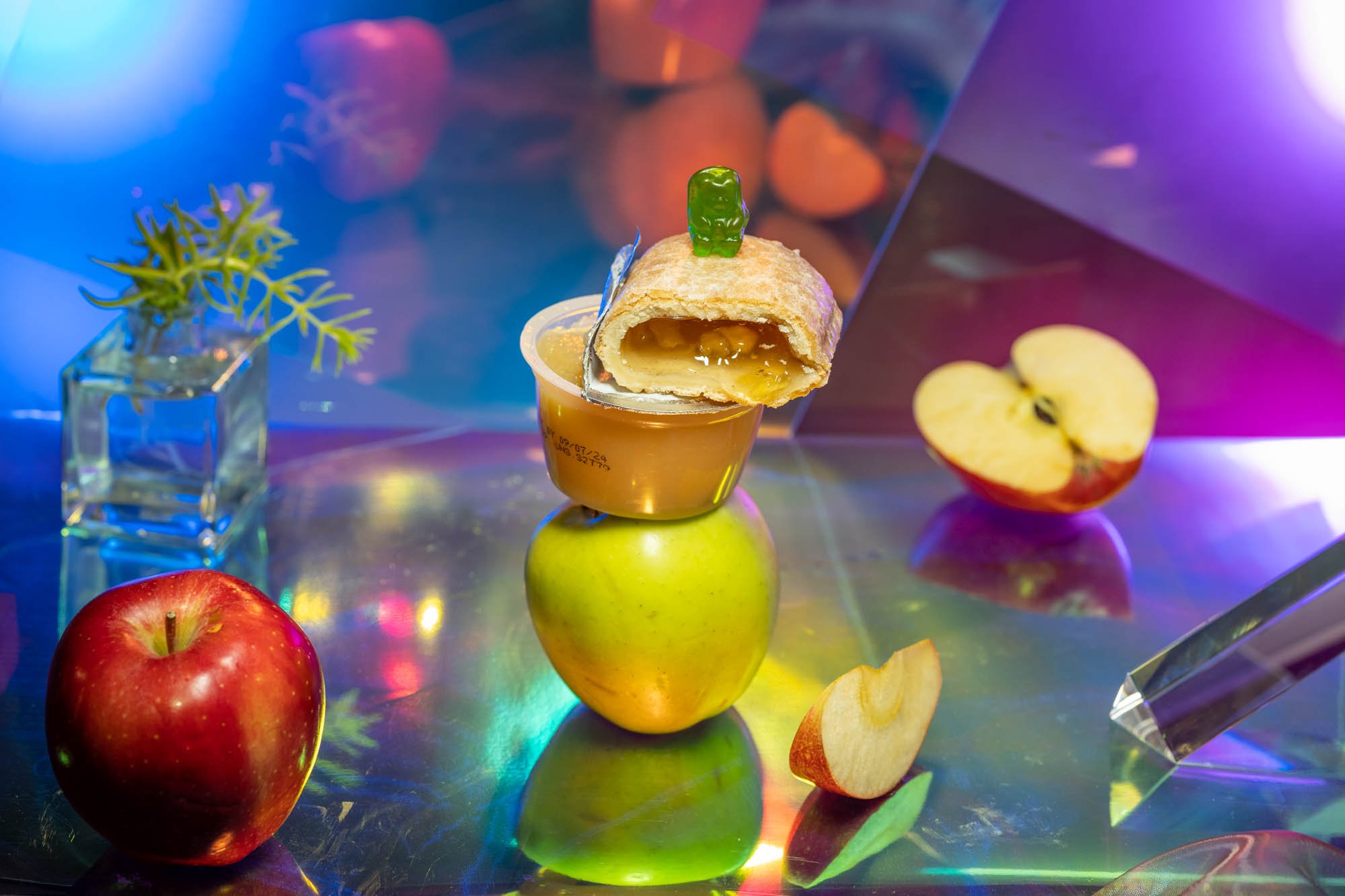



Misphonia: When Life’s Noises Drive You Mad
This was a quick feature on the strange condition known as misophonia — when noises like chewing, slurping, tapping or crinkling cause people to experience intense rage or panic. I wanted to play into that idea of the sound reverberation of daily minutiae.
Read the full story here.

